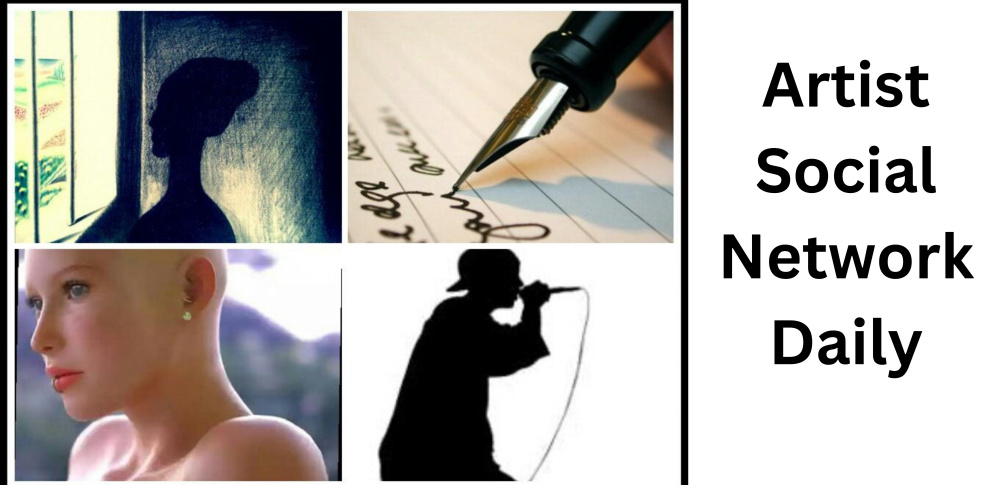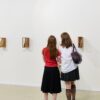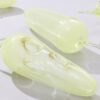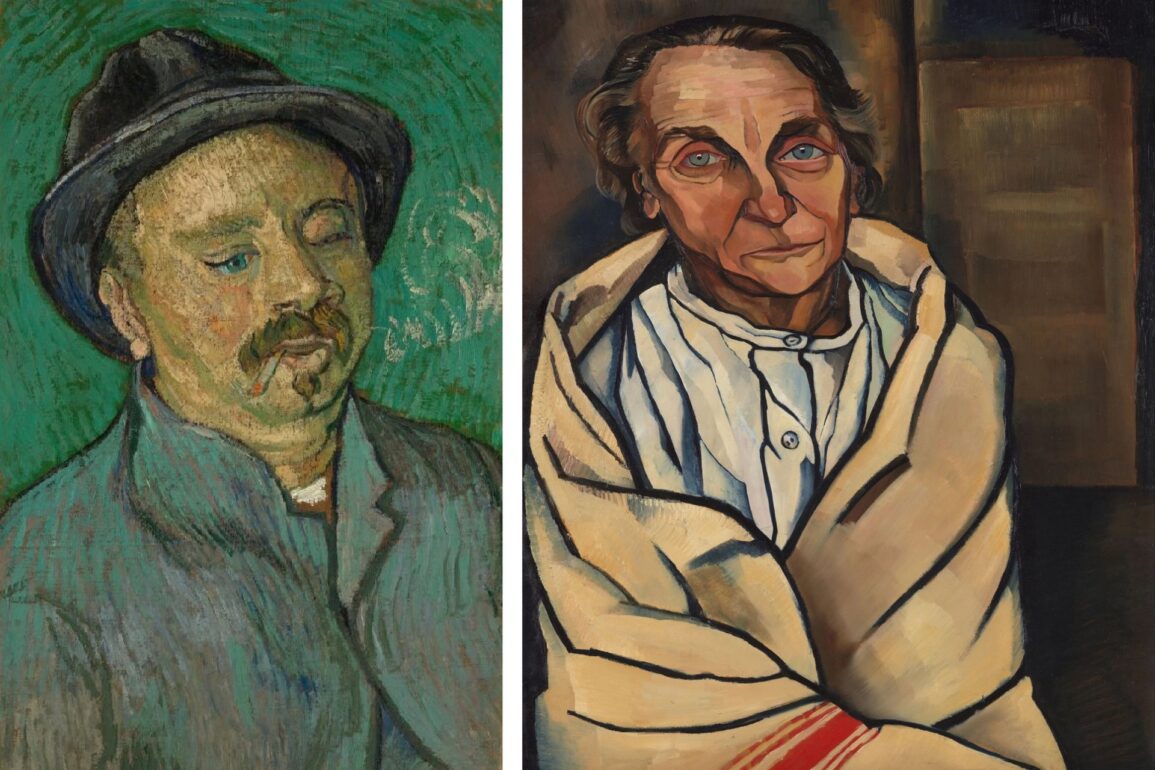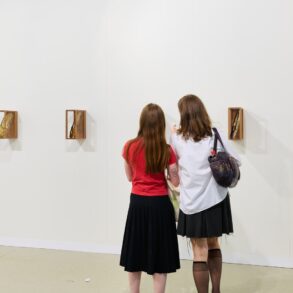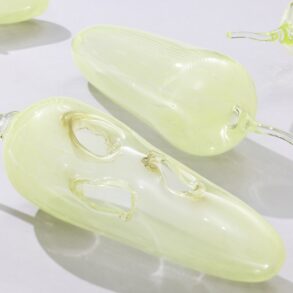An exhibition opening this weekend focuses on one of the first female painters to have been deeply influenced by Van Gogh. Charley Toorop (1891-1955) was the daughter of the avant-garde Dutch artist Jan Toorop and his British wife Annie Hall. For Charley Toorop, discovering Van Gogh represented “the breakthrough to a new world”.
Charley Toorop: Love for Van Gogh is at the Kröller-Müller Museum, in the east of the Netherlands (24 May-14 September). The museum houses the world’s largest group of the Dutch woman’s paintings, along with its magnificent Van Gogh collection. Supplemented with loans, curated by Renske Tervaert, the Toorop exhibition presents 60 works which chart the influence of Van Gogh, particularly in the early 1920s.
Toorop must have had Van Gogh in mind when in 1924 she set out to paint portraits of the patients of Utrecht’s Willem Arntsz Medical Asylum for the Insane (as it was then called, now known as the Willem Arntsz Foundation). She well knew that Van Gogh had been confined for a year in 1889-90 in Saint-Paul-de-Mausole, a mental health facility in Provence. There he painted two portraits of men whom he described as “my companions in misfortune”.
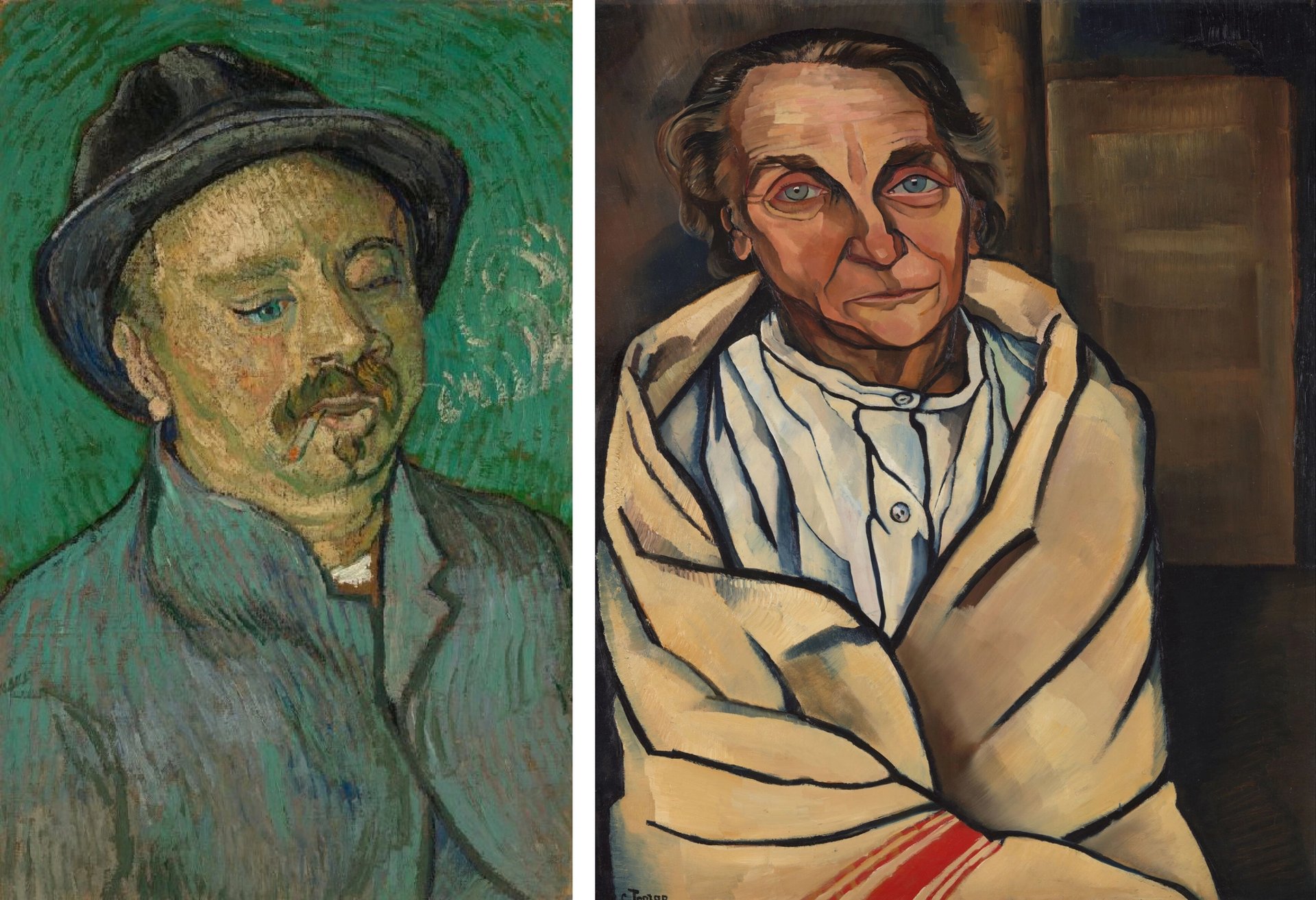
Van Gogh’s Portrait of a One-eyed Man (probably October 1889, not in the exhibition), depicting a fellow “companion in misfortune”, and Toorop’s Patient of the Willem Arntsz House (March 1924)
Van Gogh Museum, Amsterdam (Vincent van Gogh Foundation) and Kröller-Müller Museum, Otterlo (photograph Rik Klein Gotink)
On one her portraits, on the reverse of the canvas, Toorop inscribed the title “Woman from the Insane Asylum” (now known as Patient of the Willem Arntsz House). Although the sitter may have been huddled in a blanket because of the March weather, wrapping and constricting people in blankets was then done to subdue agitated patients.
There was also another link between the Utrecht institution and the Van Gogh family. Vincent’s brother Theo had been sent there in November 1890, when he was suffering terribly from the physical and mental effects of syphilis. Theo died there in January 1891 and was buried in the municipal cemetery (his remains were moved to Auvers-sur-Oise in 1914, to be reinterred next to the grave of Vincent).
For Toorop, the Utrecht facility had an even more personal and deeply traumatic link. Her alcoholic husband Henk Fernhout, who experienced what was then termed paranoid aggression, threatened her with knives and abused her. He spent three periods in 1915-16 in the Willem Arntsz institution.
Toorop and Fernhout separated in 1916 and eventually divorced in 1924. In what may appear surprising timing, it was just three weeks after the divorce that Toorop went to the Utrecht facility as a visitor and was allocated a room to paint portraits of the patients. She wanted to express something of the inner helplessness and confusion of these unfortunate women.
Although Toorop had started work on the portraits with enthusiasm, after just three weeks she could not bear it: “I would have liked to work there longer, it fascinated me immensely, but it became too overwhelming for me.” Her brief period there represented an attempted closure of what she had suffered in her marriage. For us, it has left three powerful portraits, which are all in the Kröller-Müller exhibition (two are on loan from the Kunstmuseum The Hague and the Stedelijk Museum, Amsterdam).
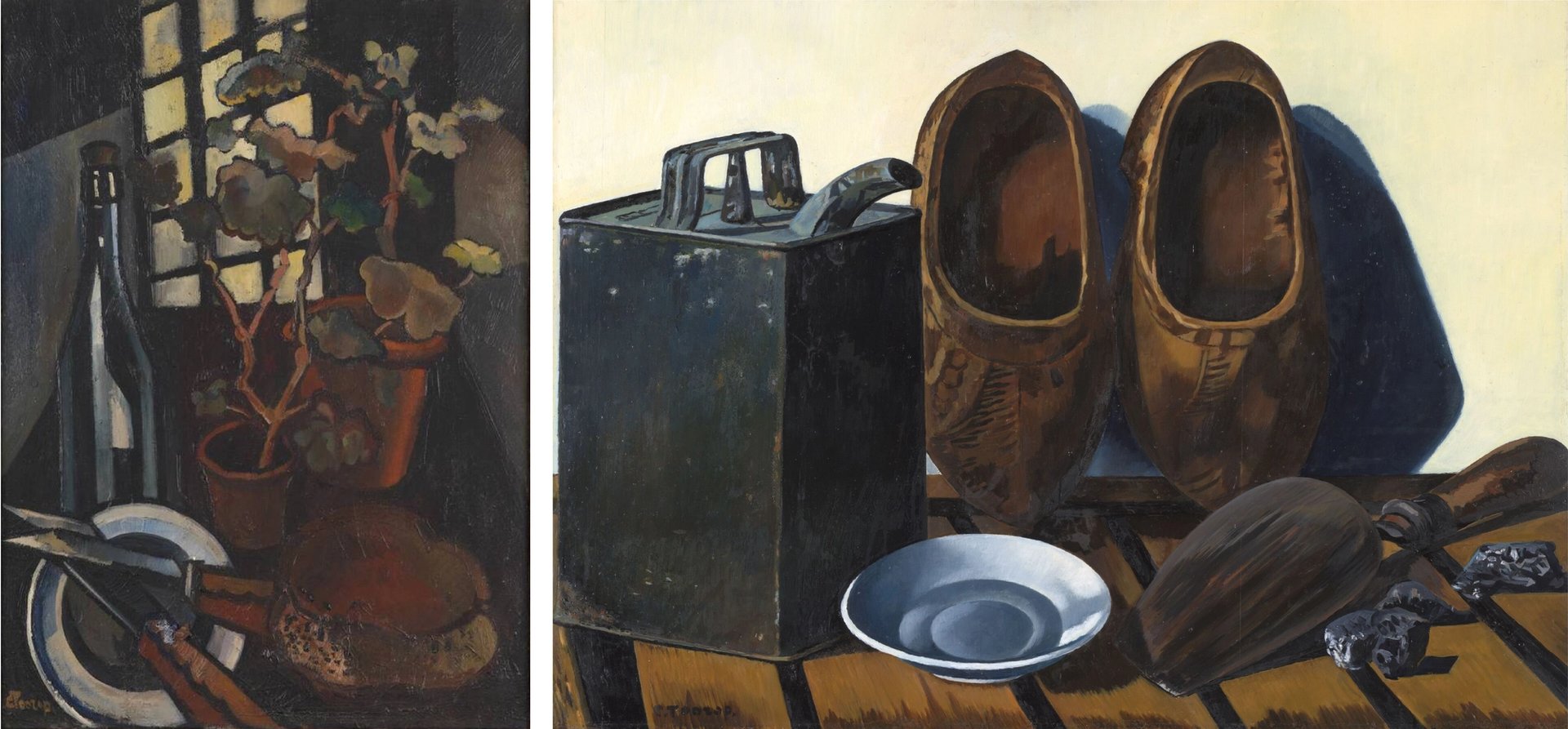
Toorop’s Still Life with Geraniums, Bottle, Plate with Knives and Bun (1920) and Still Life with Oil Can and Clogs (1946-49)
Kröller-Müller Museum, Otterlo
Toorop’s Still Life with Geraniums, Bottle, Plate with Knives and Bun (1920), with its prominent knives alludes to her earlier fraught domestic life, along with echoes of Van Gogh’s still lifes. The Van Gogh link is even clearer in the much later Still Life with Oil Can and Clogs (1946-49), echoing the Dutchman’s series of depictions of his shoes.
Pilgrimage to the Borinage
Two years before she had painted the portraits in Utrecht Toorop had set off in the footsteps of Van Gogh, travelling to the Borinage, a poverty-stricken coal-mining area in southern Belgium. In 1878-80 Van Gogh had spent nearly two years there, serving as a preacher to the miners. He proved a dismal failure as a missionary, but it was during this time that he made the bold decision to set out to become an artist, teaching himself to draw.
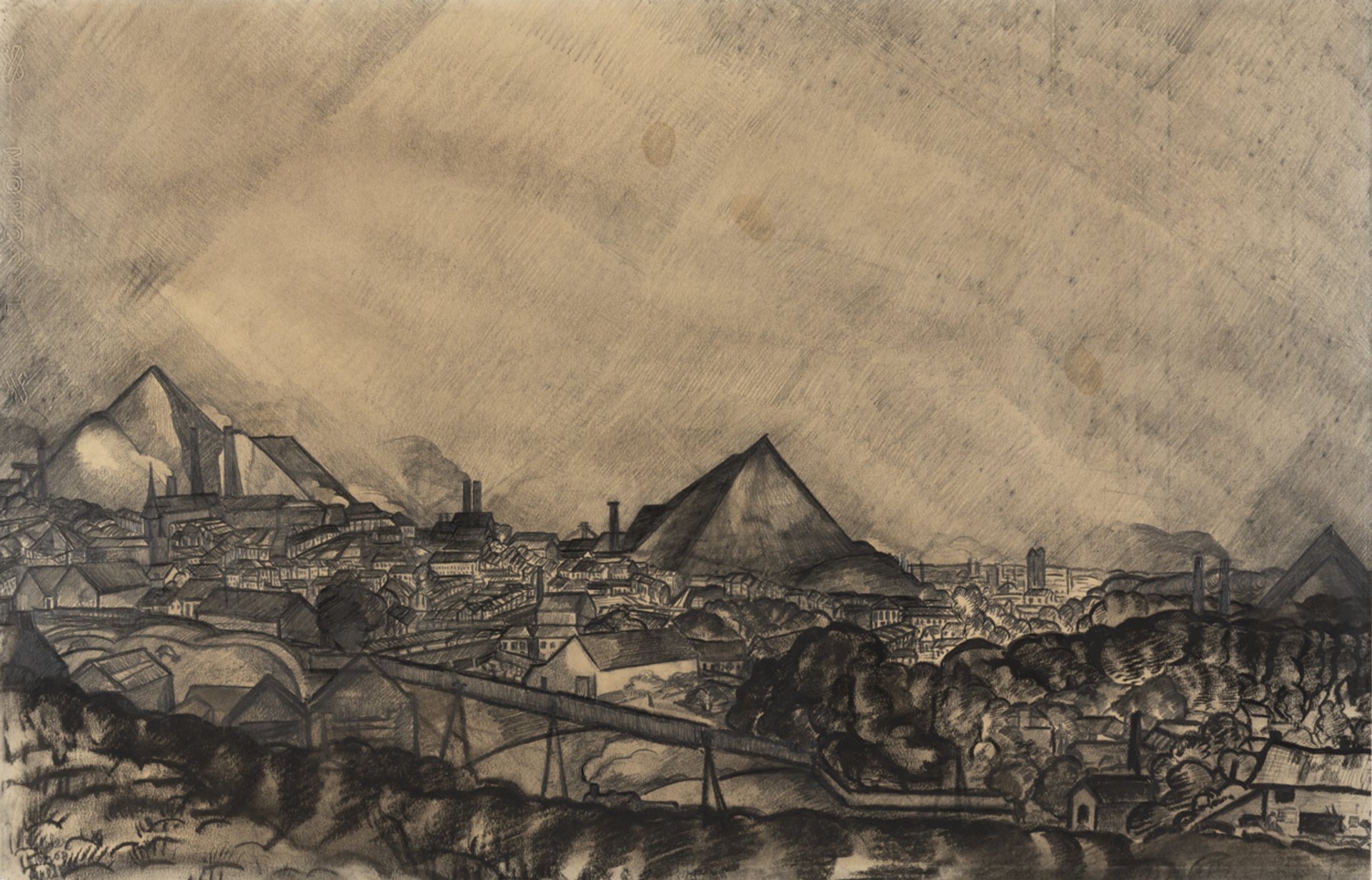
Toorop’s Borinage, View of Cuesmes (1922)
Kunstmuseum The Hague
In 1922 Toorop spent a month in Cuesmes, the town where Van Gogh had been based for much of his time in the Borinage. There she lodged with a miner’s wife and her daughter (their names remain unknown). The inn also served as a brothel and the miner’s wife encouraged her daughter to become a sex worker. On the reverse of Toorop’s painting The Hostess and her Daughter she inscribed its title (“De Bazin met haar Dochter”).
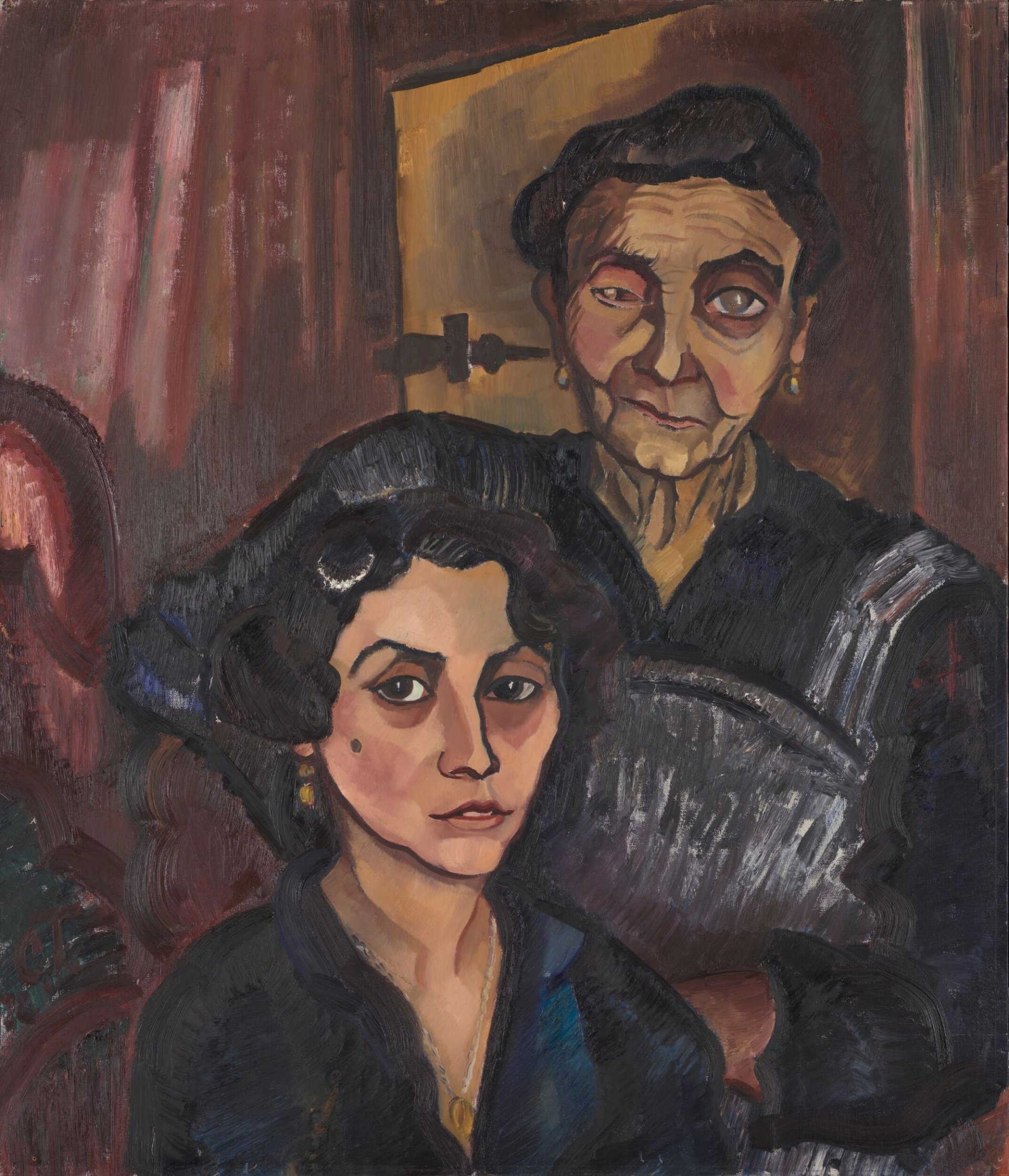
Toorop’s The Hostess and her Daughter (1922), depicting the mother with her daughter who was encouraged into sex work
Kröller-Müller Museum, Otterlo
Toorop once said of this picture: “I could hardly look into that face, something so terrible and at the same time infinitely bleak, you cannot imagine. I turn the canvas around at night when I go to sleep. I cannot bear to look at it.”
Although Toorop never mentioned it, the situation presumably reminded her that Van Gogh’s companion in The Hague, Sien Hoornik, had been pushed into sex work by her own mother.
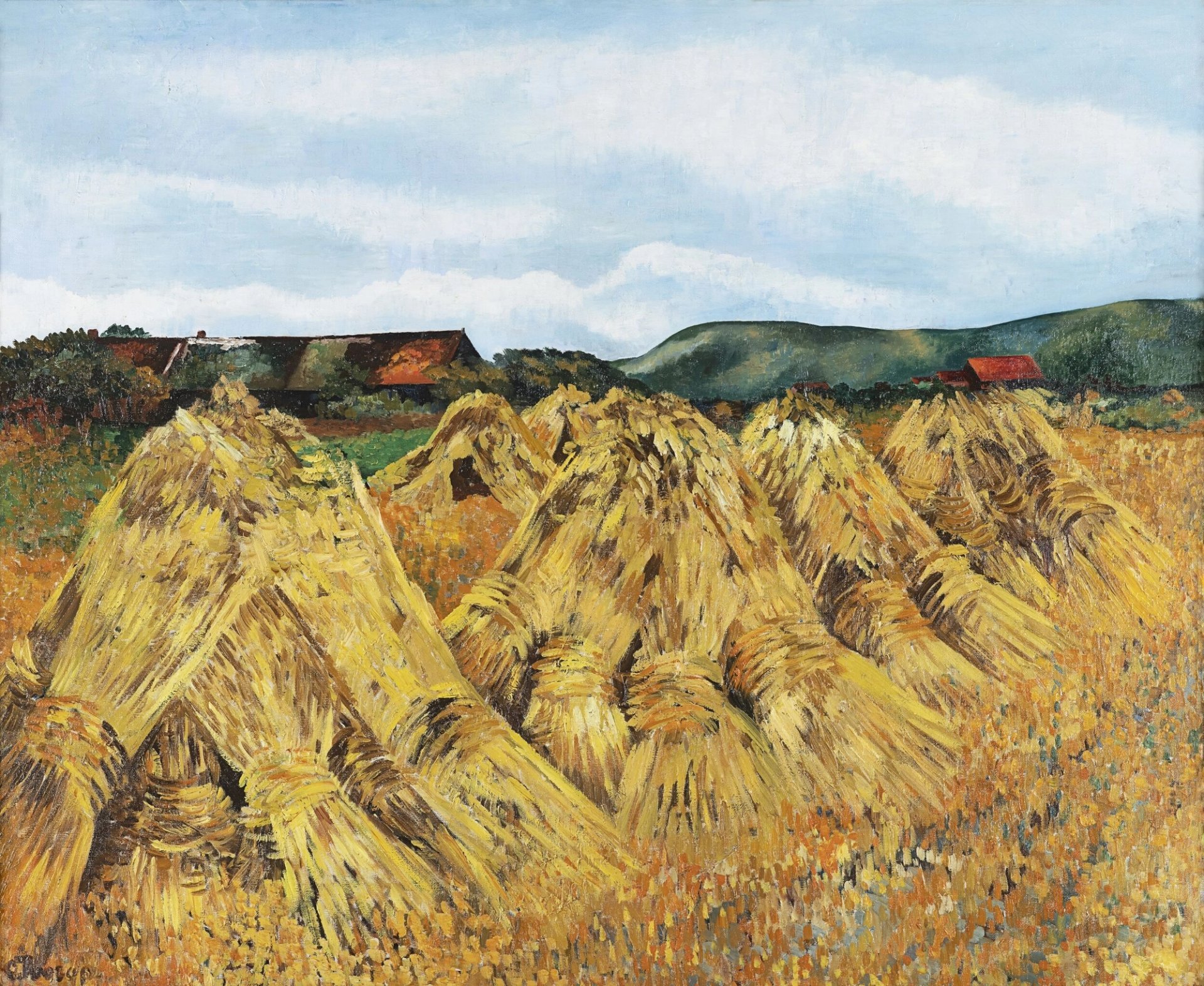
Toorop’s Landscape with Sheaves of Wheat, Zeeland (1933)
Centraal Museum Utrecht
Later in Toorop’s life Van Gogh became less of an influence, although she often still followed his subject matter. This can be seen in works such as Landscape with Sheaves of Wheat, Zeeland (1933) and Old Apple Tree blossoming (1949).
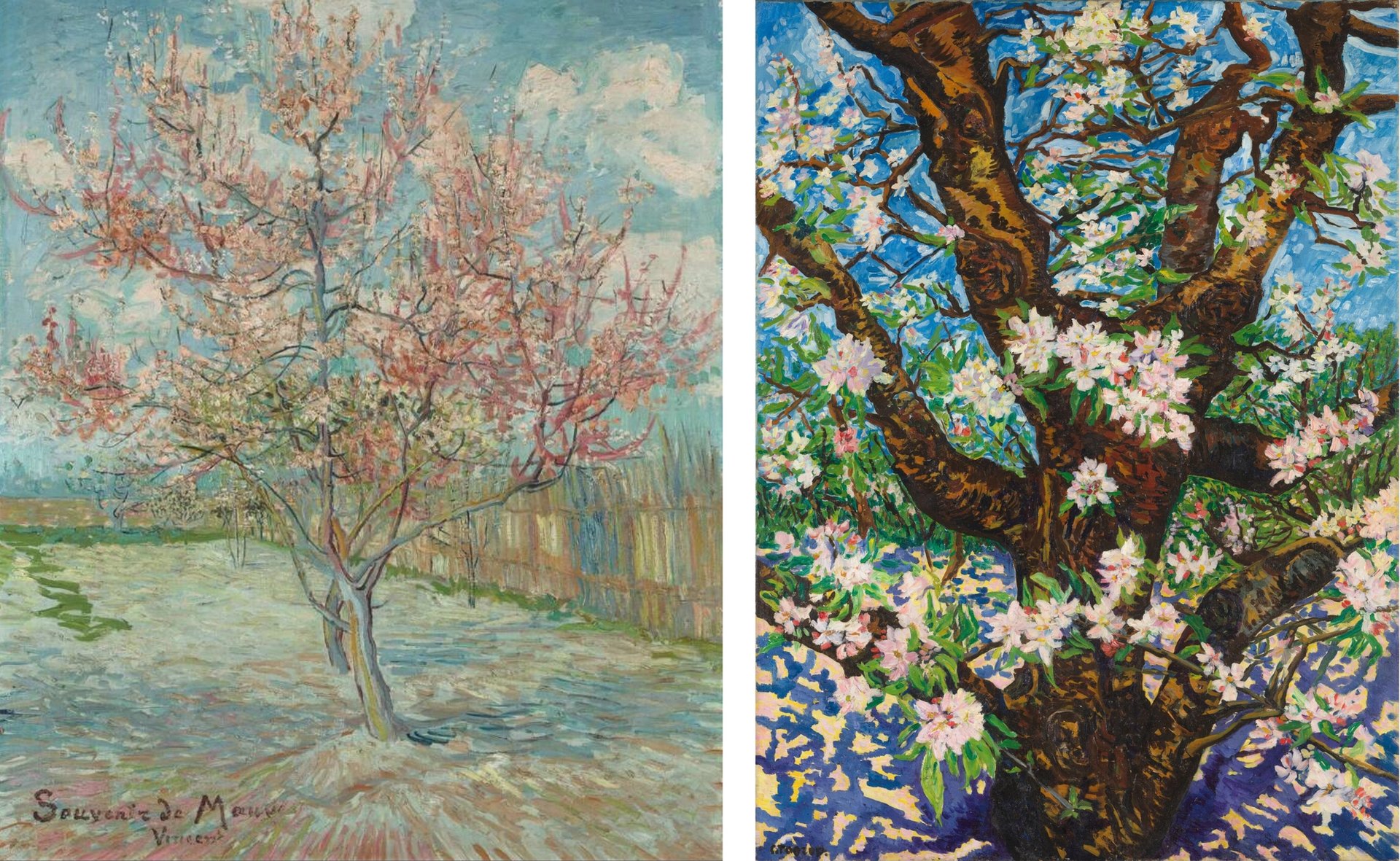
Van Gogh’s Pink Peach Trees (March 1888) and Toorop’s Old Apple Tree Blossoming (1949)
Kröller-Müller Museum, Otterlo
Even at the end of her life Toorop remained in awe of Van Gogh. A photograph of her studio in 1951 shows a postcard of his Self-Portrait with Grey Felt Hat pinned to the wall. What she most admired was Van Gogh’s “deep and harsh love for reality”.
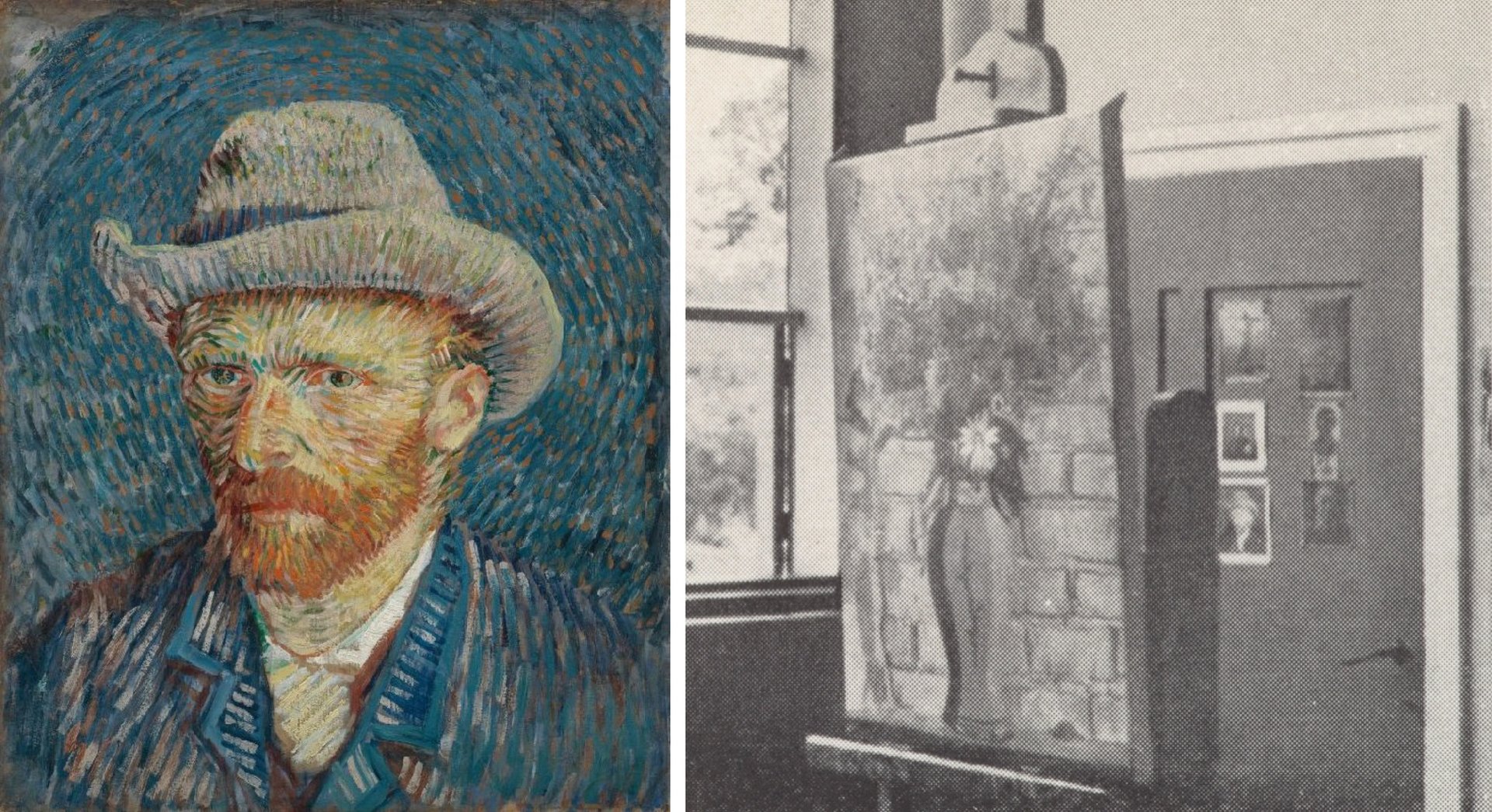
Van Gogh’s Self-Portrait with Grey Felt Hat (September-October 1887) and photograph of Toorop’s studio (1951)
Van Gogh Museum, Amsterdam (Vincent van Gogh Foundation) and Arno Hammacher
This post was originally published on this site be sure to check out more of their content
